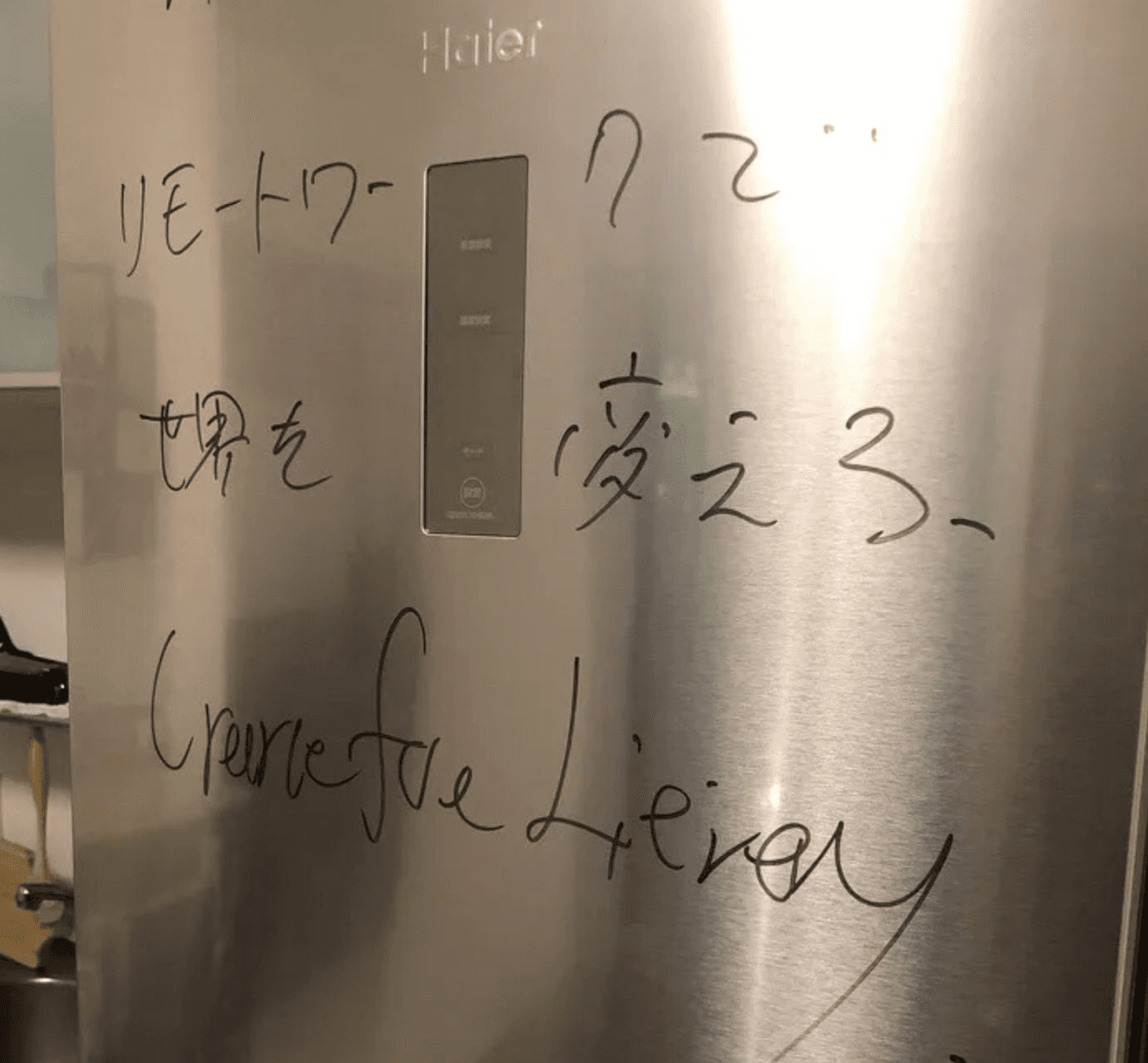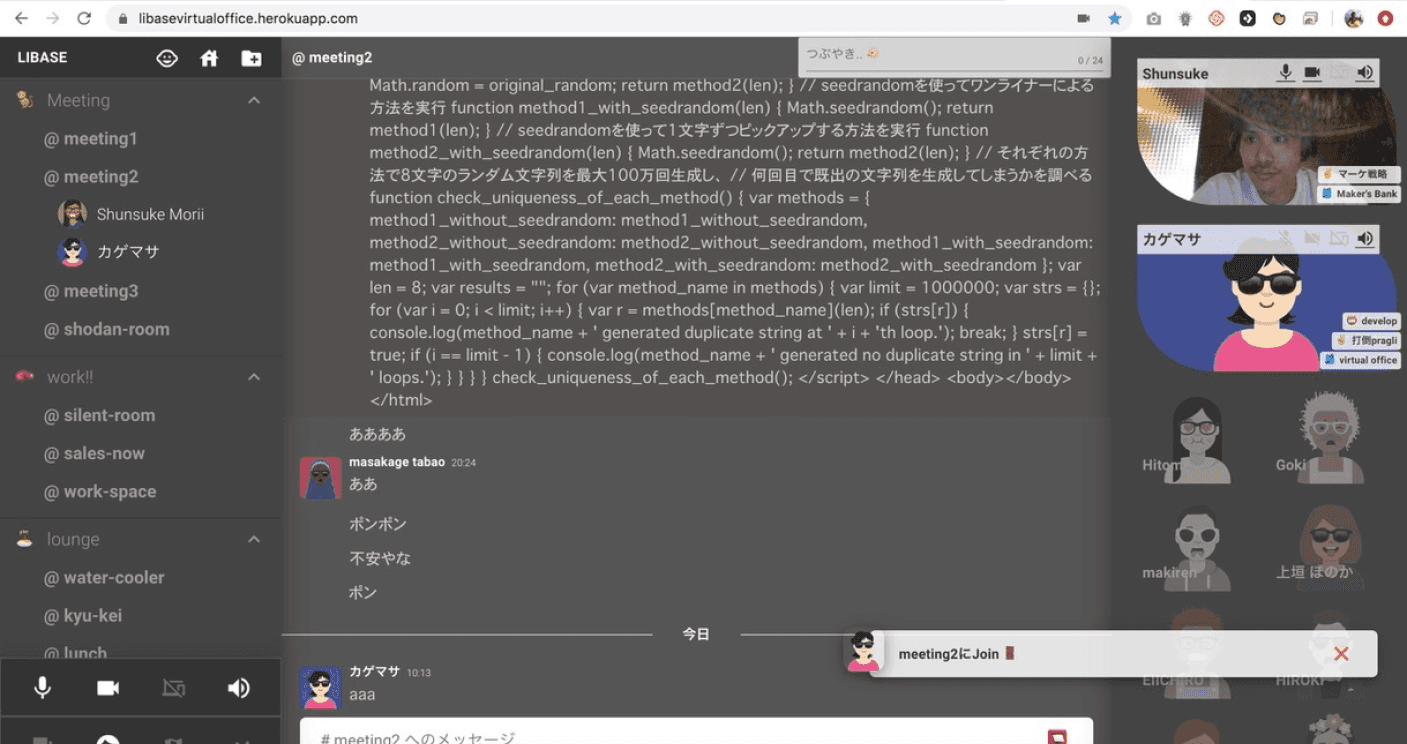Never Give Up on Human Potential
Throughout my travels—from a stranger I met in India to a friend back home and even my earnest yet awkward father—I've witnessed countless people living within their geographical constraints. Each person has their own unique life journey, and it feels wrong to judge them objectively. Yet, I couldn't shake the hope that somewhere "better environments" might exist for them.
For ten years, I've been consumed by a single thought: what if people could more casually encounter new environments, share experiences, and connect with others?
When the paradigm shift of remote work emerged, promising to eliminate geographical constraints, I knew I had found my life's mission.

Removing Geographical Constraints from Our World
In August 2019, we began developing Teracy, driven by a beautiful vision: a world where everyone has equal access to opportunities and can live meaningfully, regardless of their birthplace, nationality, or current location.
A world where people can join hands, create together, and feel genuinely connected. We strongly felt the necessity and possibility of shaping the next generation of work through new technology and innovation.
Even then, though I couldn't articulate it, I believe I intuitively understood the importance of creating a "Connected" state.
↓ Image from early development in 2019. In our enthusiasm, we drew on a co-founder's refrigerator with permanent marker. "Changing the World Through Remote Work. Create for Liberty."
(Had to scrub it off, laughing)

Committing to the Long Term
Around June 2019, I realized that globally scaling software would take at least 3-5 years, including development time. Of course, development alone wouldn't take that long, but I anticipated some detours in finding our world-changing hypothesis.
Examples from respected software companies:
Figma: 4 years to PMF
Notion: ~3 years to Notion 1.0
Including pivots, team dissolution, and relocation to Kyoto
The software we admired took time to mature.
Securing Financial Stability
We decided against external funding initially. The domestic seed-stage market couldn't sustain our 3-5 year timeline. While we considered overseas funding, intuition told us to start building immediately, so we created cash flow through another business.
We quickly conceived a design business that would later be sold, scheduling about 50 sales meetings monthly. From the first month, we generated 5 million yen (33,000 USD) in revenue with 2.5 million yen (16,500 USD) in gross profit, enabling development to begin in August 2019. When you set aside pride and give it your all, anything is possible. (I still had severe social anxiety then, getting exhausted after each meeting, with racing heartbeat and sweating before presentations.)
Building the MVP
We had a demo version by August 2019. While internal testing showed promise, looking back, we were inexperienced in many ways.
Our initial product attempted to make Discord's experience more native to constant connectivity.
Below is our MVP from that time. The design was basic - we prioritized creating something tangible as quickly as possible. It was essentially "Discord for Work," making Discord more native to constant connectivity.

Through daily internal use, we determined this was at least better than existing tools. Similar products were emerging around summer 2019, but we felt competitive.
Then, unexpectedly, we headed toward beta release in March 2020.



